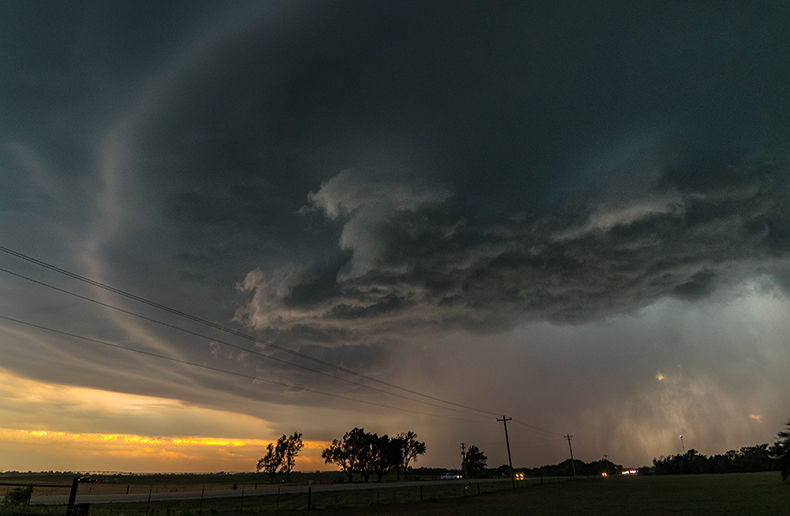Factors such as economic uncertainty, the continuing low interest environment, increasing capital requirements and new accounting standards are straining insurers and threatening the future of products offering long-term guarantees, according to panellists at The Insurance and Investment Convention on Nov. 9 in Montreal.
Panellist Neil Skelding, President and CEO of RBC Insurance told financial advisors attending the panel discussion that these pressures will impact the kinds of products available to clients in the future.
“In my 22 years in this business…I can’t recall a more challenging time from an economic standpoint of running a life insurance company…”
One change that insurers are presently preparing for is the coming International Financial Reporting Standards (IFRS), the first phase of which will be implemented in 2010. Panellist Philippe Thieren, Associate PricewaterhouseCoopers, said that he doesn’t anticipate these standards will provoke product changes. He believes other market forces such as the low interest rate environment are driving change.
The main issue in the Canadian industry is that some life insurance products are “very long-term, longer term than what we find elsewhere in the world,” he says. While he does not believe the new accounting standards will provoke change, he thinks they may speed up the pace. “Will these international standards accelerate these changes? Perhaps yes.”
In particular, products such as those with 100 year guarantees and some annuity products are under pressure and becoming less attractive because of increased pricing, he adds.
Sustainability
Mr. Skelding added that for product manufacturers, building sustainable products is key. “The regulator is really pushing on us, and this is a global trend, to build products that can be repriced while they’re inforce. So gone, or less available, are things like level cost of insurance where we set up a thirty year or fifty year guarantee in the environment that we’re sitting in today.”
He says that what the regulator wants is to ensure that ten years down the road if the world changes, that the product can be repriced. “That’s not a consumer friendly proposition, but for the sustainability of the industry, that’s something that we have to consider. And, I can’t describe to you how much pressure there is on us as manufacturers to build products that can stand the situation that we just went through (the 2008 market crisis).”
He described the crisis as “a live stress test.” Most insurers’ models were not built for a scenario of capital markets plunging as much as they did, he observes. Another live stress test currently unfolding is the climate of low interest rates and low inflation rates over long periods of time, he added. “Most products that we offer in the marketplace, all of us, were built when interest rates were 6% to 7%. If they don’t go back there – or they don’t go back there for a long period of time – these products won’t be sustainable…”
Mr. Skelding urged advisors to gain a sense of what insurers are now facing “because the product suites are going to change dramatically in the future. Insurers, he explains, cannot offer “incredible guarantees” that will take away all risk from investors during their retirement, he stated. The many pressures facing insurers “is causing risk in retirement to be transferred more and more to the investor and less and less being held by the company,” he added.
In this changing market, what should advisors do to prepare their clients? It is important for advisors to help the investor take on the amount of risk they’re comfortable with in their retirement savings and build a plan that matches their expected outcome at that level of risk, said Mr. Skelding.
Panellist Goshka Folda, Senior Managing Director, of Investor Economics, observed that the market crisis has hit baby boomer households hard. This generation had previously benefitted from the longest running bull market in history and had developed a feeling of safety regarding their nest eggs, she commented. But now, because of the market crisis, this generation is more concerned about protecting their investments from risk, which is good news for financial advisors, she underlined.
At the same time, she believes that clients need some serious education on risk. “I think this growing interest in risk management will have to be accompanied by a better effort on the part of all of us, including the advisors, to sensitizing the clients to what risk actually is, to how much risk do you yourself want to take on as a client, and how much you want to protect yourself against and what would be the costs.”
Going forward, she said that a more organized and disciplined approach to the assessment of an individual's risk should be adopted. In addition, product allocation strategies, where clients’ portfolios are spread among a basket of different products, should be implemented to diversify product risk.
Ms. Folda adds that while she recognizes that product manufacturers and products are under strain, she sees great opportunity for the industry due to the size and wealth of the baby boomer generation. “One thing we can think about is the amount of money controlled by this cohort. Ten years from now, one out of every three households is going to be 65 years or older... As well, they will control almost four and half dollars of every ten [investment] dollars.”






